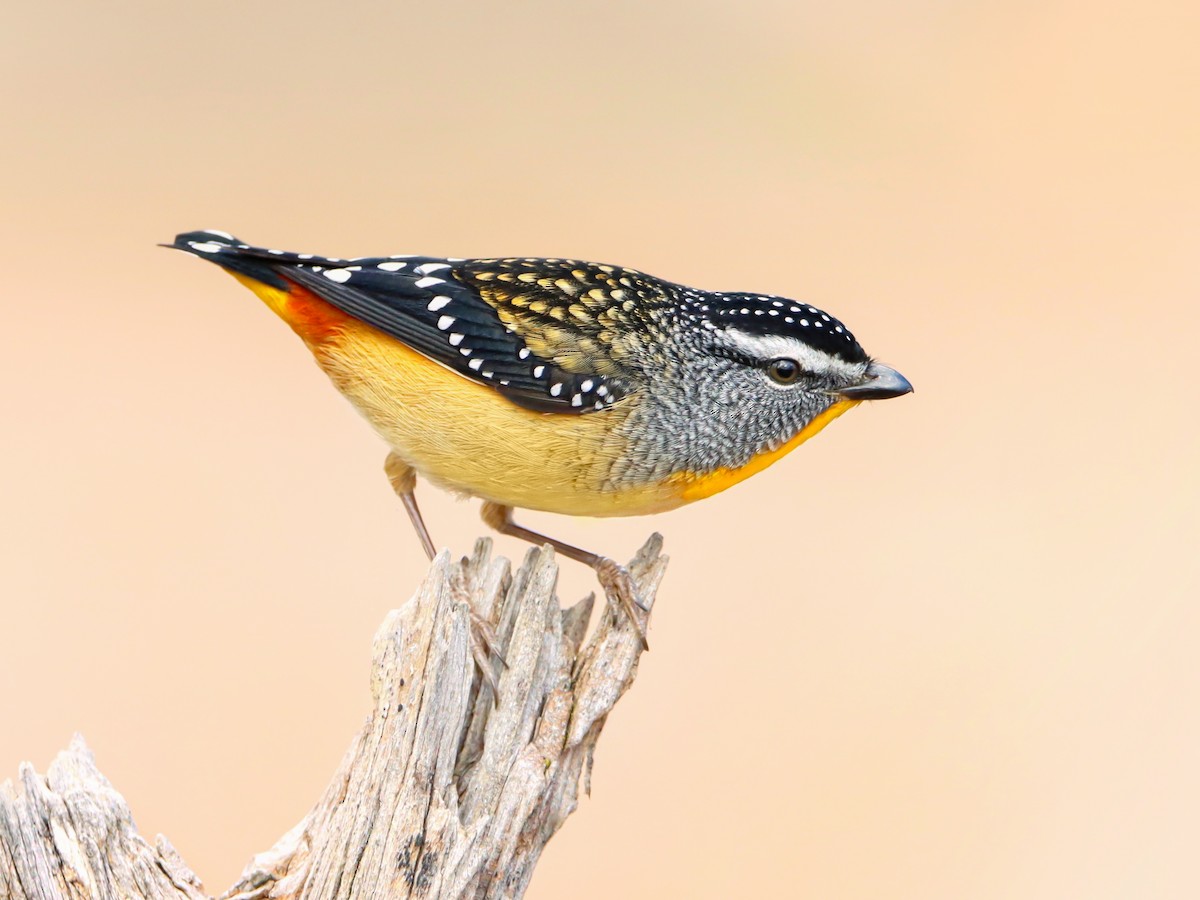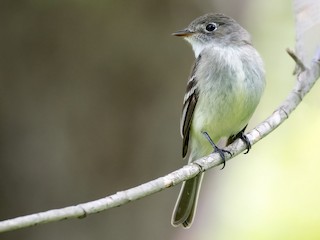1. Bee Hummingbird (Mellisuga helenae)

The Bee Hummingbird, native to Cuba, is the world’s smallest bird, measuring just 5-6 cm (2-2.4 inches) in length and weighing around 1.6-2 grams. Despite its small size, it is known for its vibrant iridescent plumage, with males displaying a bright red throat and blue upper parts during the breeding season. These tiny birds have incredibly fast wing beats, around 80 beats per second, allowing them to hover in place while feeding on nectar from flowers. Their size and speed also make them difficult to spot, adding to their mystical allure in the wild.
2. Weebill (Smicrornis brevirostris)
The Weebill, named for its short “wee” bill, is Australia’s smallest bird, measuring about 8-9 cm (3.1-3.5 inches) in length. It has a yellowish-brown body, with a slightly paler underbelly. Weebills are active foragers, feeding primarily on insects and their larvae, which they glean from the foliage of eucalyptus trees. They are social birds, often seen in small flocks, moving quickly through the trees in search of food. Despite their small size, they have a loud and distinctive call, which is often heard before they are seen.
3. Goldcrest (Regulus regulus)
The Goldcrest is Europe’s smallest bird, measuring about 8.5-9.5 cm (3.3-3.7 inches) in length. It has olive-green plumage with a bright yellow or orange crest on its head, which gives the bird its name. The Goldcrest is a very active bird, constantly flitting among tree branches as it searches for insects and spiders. It is found across Europe and Asia, inhabiting coniferous forests. Despite its small size, the Goldcrest is hardy, capable of surviving in cold climates, and is often seen during the winter months.
4. Verdin (Auriparus flaviceps)
The Verdin is a small songbird found in the arid regions of the southwestern United States and northern Mexico. It measures about 10 cm (4 inches) in length and is easily recognized by its bright yellow head and throat, contrasting with its grayish body. Verdins are known for their intricate nests, which they build in thorny shrubs or trees to protect them from predators. These birds feed primarily on insects but also consume nectar and fruits, adapting well to their harsh desert environments.
5. American Bushtit (Psaltriparus minimus)

The American Bushtit is a tiny, social songbird found in western North America. It measures about 11 cm (4.3 inches) in length and has a soft, grayish-brown plumage with a pale underside. Bushtits are known for their highly cooperative behavior, often traveling in flocks of 10 to 40 birds. They are acrobatic foragers, feeding on small insects and spiders as they hang upside-down from branches. These birds build distinctive, hanging, woven nests that can be up to 30 cm (12 inches) long, providing a safe and warm environment for their young.
6. Brown Gerygone (Gerygone mouki)

The Brown Gerygone is a small bird native to eastern Australia, measuring around 10 cm (4 inches) in length. It has a soft brownish-gray plumage with a paler underbelly and is known for its distinctive, sweet-sounding call. The Brown Gerygone is an active forager, feeding on insects and spiders, which it picks off leaves and branches. It is often seen in small flocks, flitting through the undergrowth of rainforests and eucalypt forests. The bird’s cup-shaped nest is a delicate structure, woven from spider silk, plant fibers, and feathers.
7. Pardalote (Pardalotidae family)

Pardalotes are a group of tiny, colorful birds native to Australia, with the Spotted Pardalote being one of the most recognized species. Measuring about 8-10 cm (3.1-3.9 inches) in length, Pardalotes are known for their bright, speckled plumage and distinctive “chip-chip” call. They are often found in eucalyptus forests, where they feed on insects and lerps (a sugary secretion produced by sap-sucking insects). Pardalotes are cavity nesters, often digging burrows in sandy banks or nesting in tree hollows.
8. Common Firecrest (Regulus ignicapilla)

The Common Firecrest is a small bird found in Europe and parts of North Africa, measuring about 9 cm (3.5 inches) in length. It has olive-green plumage with a striking orange or yellow crest on its head, surrounded by black stripes. The Firecrest is similar in appearance to the Goldcrest but can be distinguished by its slightly more vivid colors. It is a highly active bird, constantly moving through trees and shrubs in search of insects and spiders. The Firecrest’s rapid movements and high-pitched calls make it a challenge to spot in the wild.
9. Least Flycatcher (Empidonax minimus)

The Least Flycatcher is a small, migratory bird found in North America, measuring about 12 cm (4.7 inches) in length. It has grayish-olive upperparts, a pale underbelly, and two white wing bars. The bird is named for its insect-catching behavior, often seen darting out from a perch to snatch insects in mid-air. The Least Flycatcher is known for its distinctive “chebec” call, which is often heard in its breeding habitats in open woodlands and forest edges.
10. Willow Warbler (Phylloscopus trochilus)
The Willow Warbler is a small passerine bird found across Europe and Asia, measuring about 10-12 cm (4-4.7 inches) in length. It has a slender body, with olive-green upperparts and pale yellow underparts, often making it hard to distinguish from other similar warblers. Known for its sweet, melodious song, the Willow Warbler is often heard before it is seen, particularly during the breeding season.
These birds are migratory, spending their summers in Europe and Asia and winters in sub-Saharan Africa. The Willow Warbler is an insectivore, feeding primarily on small insects, spiders, and larvae, which it gleans from leaves and branches. Despite its small size, this bird undertakes an impressive migratory journey, traveling thousands of kilometers between its breeding and wintering grounds.
In summary, these ten small birds showcase the incredible diversity and adaptability of avian life across the globe. Each species, with its unique characteristics and behaviors, contributes to the rich tapestry of the world’s birdlife. From the tiny Bee Hummingbird to the active Willow Warbler, these birds remind us of the wonders of nature and the importance of preserving their habitats for future generations to enjoy.

Get involved!
Comments